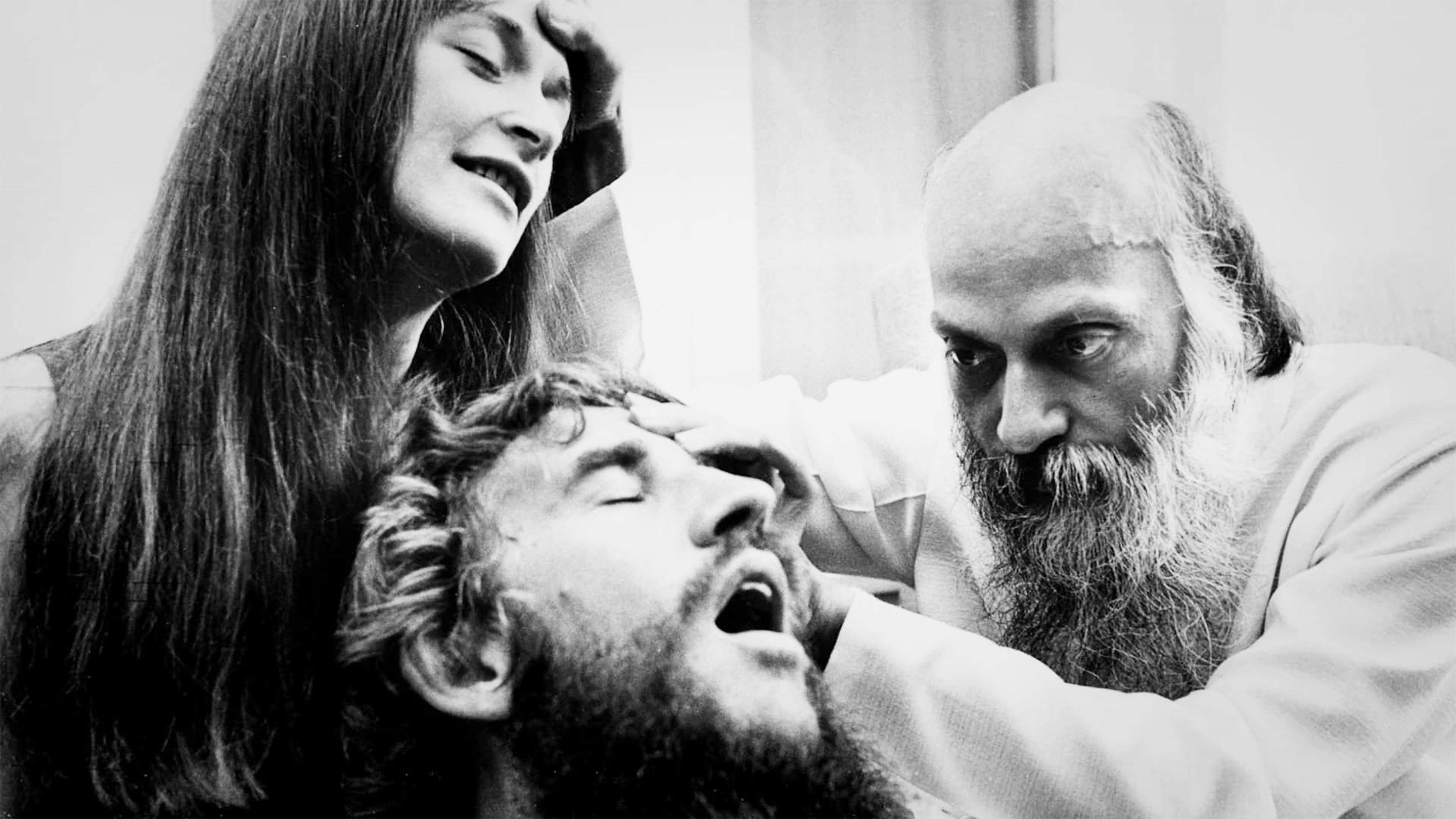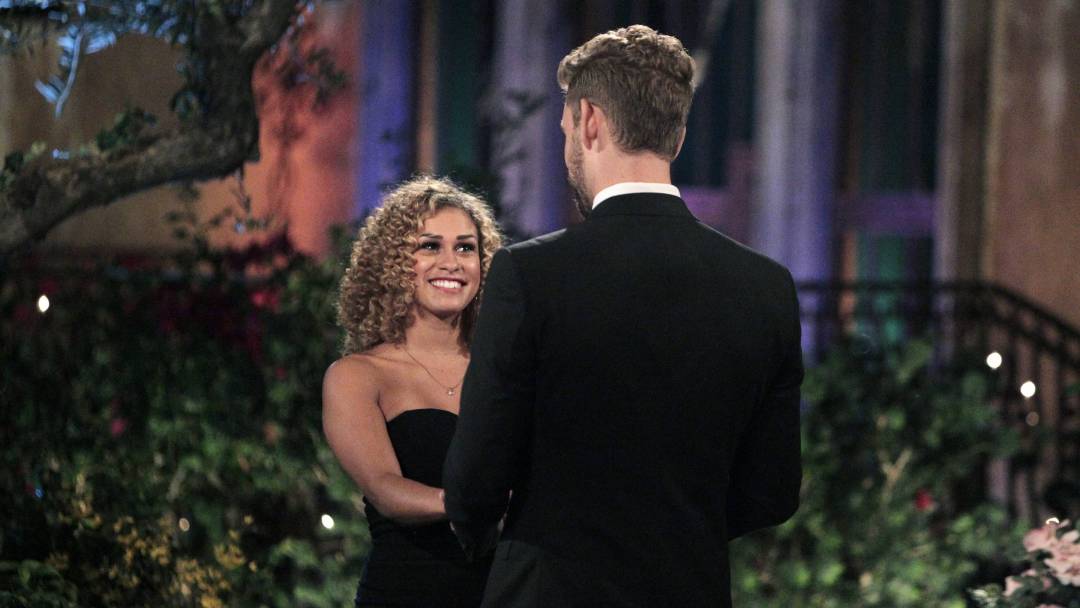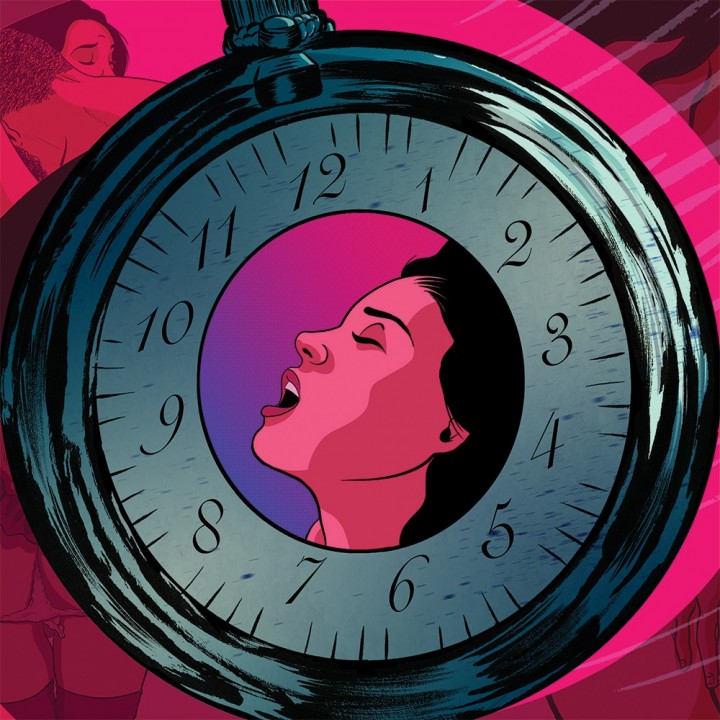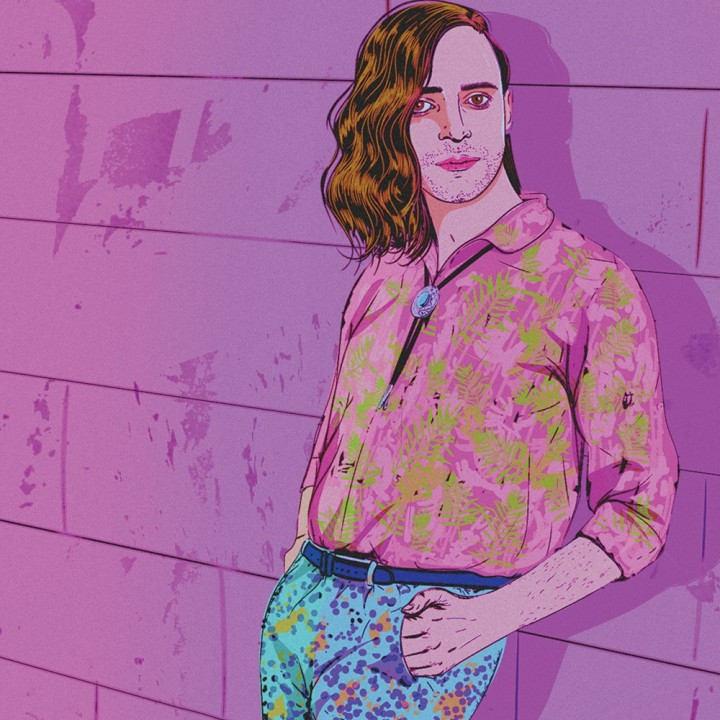
'Wild Wild Country' and Its Cult Is the Perfect History Lesson for 2018
A small town in America suddenly becomes home to a new community, one residents are not familiar with and instantly dislike. They look different. They act differently. Guns are bought. Laws are invoked. Mistrust on both sides leads to tension that reaches a fever pitch. It's a scene that seems to play out daily in 2018. It's also the story of Rajneeshpuram, the subject of the six-part Netflix docuseries Wild Wild Country created by brothers Chapman Way and Maclain Way. The sprawling commune that rose up in rural Oregon in the early '80s was a community of people led by a charismatic leader at the time called Bhagwan, a community that would take over the local government of tiny Antelope, Oregon, before eventually dissolving after a hail of legal drama that included attempted murder and alleged large-scale poisoning. And if all that wasn't cinematic enough, they also all dressed in red.
The Ways stumbled on the story when finishing up their Netflix documentary The Battered Bastards of Baseball, which told the story of the minor league baseball team the Portland Mavericks. An archivist who worked with the film company that provided them with footage of the Mavericks mentioned he also had footage of "the most bizarre story that ever happened in Oregon." This is how the Ways were introduced to Bhagwan Shree Rajneesh; his followers, the sannyasins; and the city they built on ranch land in Wasco Country, Oregon, complete with pharmacy, clothing store and a large farm. Clashes with the residents of the neighboring town of Antelope would eventually see the sannyasins evicted from their land, and soon overtaking Antelope proper, buying the houses, the local restaurant and even changing the street names.
"I think the most essential part of [the story] is this all did happen, and not only did it happen, but you pretty much get to see it all happen," Maclain tells Playboy. "We always joke around that if this story was in a screenplay or a fiction series, I think most people's reaction would be, 'This show is awful because none of this could really happen.'"
A lot of our interviewees felt like they had more stakes in their interviews [after Trump's election].
The documentarians interviewed the men and women who lived at the ranch, and these subjects have very different takes, decades later, on that period of their lives and what it meant. Ma Anand Sheela, the former private secretary of Osho who served jail time for crimes committed at Rajneeshpuram, seems to be able to look back at some of her experiences on the ranch with warm nostalgia, while some of it has turned sour. Jane, a woman who discovered the community while bristling under the societal expectations of being a young wife and mother, believes it was a time, place and mindset she was able to escape. And Swami Prem Niren, who acted as legal counsel and for a time, the mayor of Rajneeshpuram, speaks of the late guru and the ranch with only reverence. It was important to the Ways to have these different perspectives, to have the firsthand accounts paint different pictures of that time.
The series follows a group of immigrants (though a large number of sannyasins were American citizens) as they fight for a space to practice what they believe in, eventually arming themselves in what they say is an effort to protect themselves and their way of life. Because of this, it's hard not to see the parallels to their story and the social and political climate in America today.
"When we first started out on this story, we knew about the political landscape during which we were making it, but it was pre-Trump, pre-election when we started," Maclain says. "The election and the current political scene probably less impacted our series, but it impacted our interviewees a lot. For better or worse, a lot of our interviewees felt like they had more stakes in their interviews in Wild Wild Country, and that they really wanted to go on and talk about—for better or worse—the religious persecution that they felt in Oregon, if they were sannyasins or if they were Antepolians, [and] talk about the fear of what this group does when they arm up with semi-automatic weapons. So things like the church-state debate, the Second Amendment debate and immigration bias really came to the surface as we were editing the series. It was strange, but we didn't really realize how relevant it was until the end of the series."
In this time of conflict, the Ways brothers explain that what they believe people are drawn to about the show is how it doesn't paint one side as absolutely good or absolutely bad. Chapman explains that the brothers were "excited" that the series could "really challenge the audience."
He adds: "Working your way through the series, you'll probably find yourself questioning positions you took earlier in the series about who was right and who was wrong. … I think a lot of people are walking away and realizing this is what happens when two different groups or two different cultures completely refuse to communicate with each other. They completely refuse to sacrifice, or come to an agreement on anything, and really just dehumanize each other until it unfolds into this criminal action."
So can you read Wild Wild Country as a cautionary tale for what might come from the increasingly frequent clashes between groups within the U.S. if we don't show empathy for and listen to people who aren't like us, or as simply a metaphor for the conflicts consuming our country that are destined to, like Rajneeshpuram, end in violence? Maybe the biggest takeaway from the series is that history repeats itself, and in the repetition, the lessons it could offer get buried. Less than 40 years ago, a group of outsiders built their dream community next to a small American town. They were threatened. They showed hostility back. They might have dumped blended beavers into a community water source.
It seems crazy that the story was all but forgotten. But perhaps by looking at it today, there's something to learn. The Rajneeshees wanted to build a community based on cooperation and unity. Early on in the series, an Oregonian says of Antelope, "Everybody got along, and everybody helped each other." With the power of hindsight, it seems like these two warring worlds might have had more in common than they thought, offering a powerful reminder for today.







